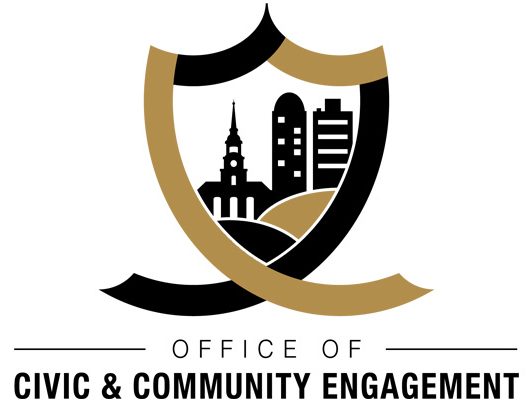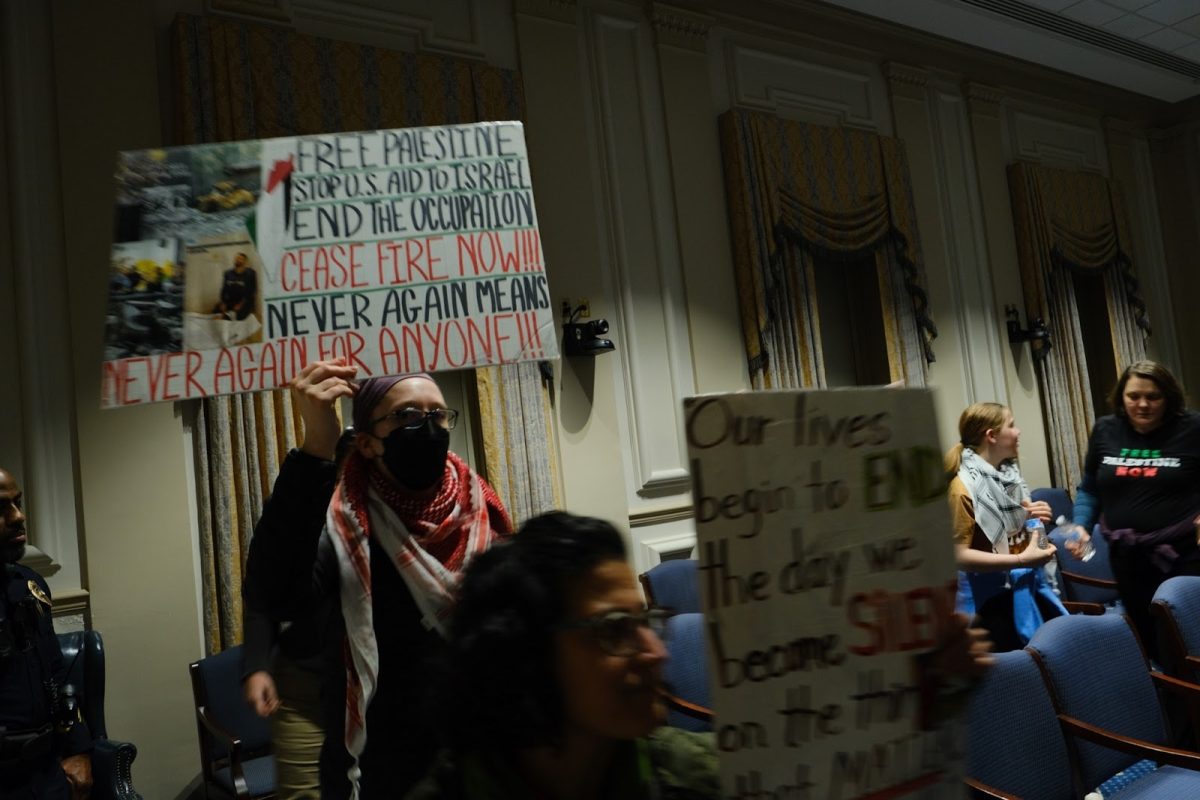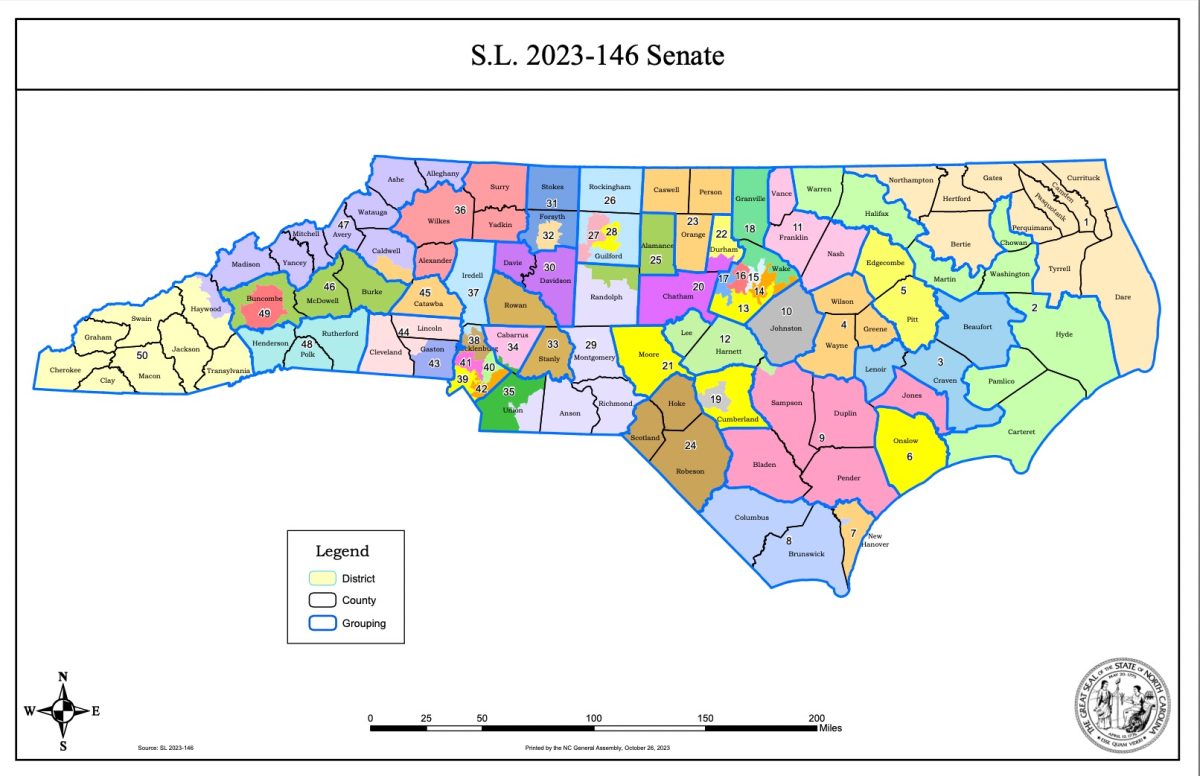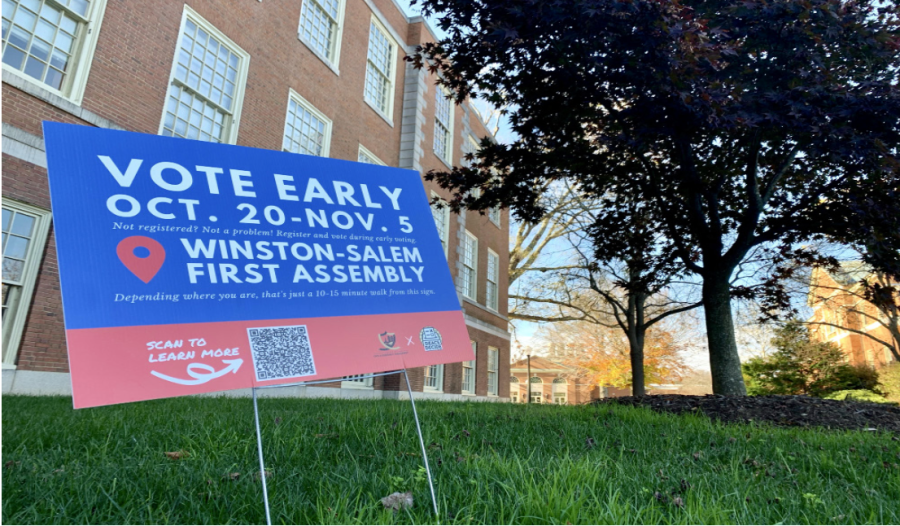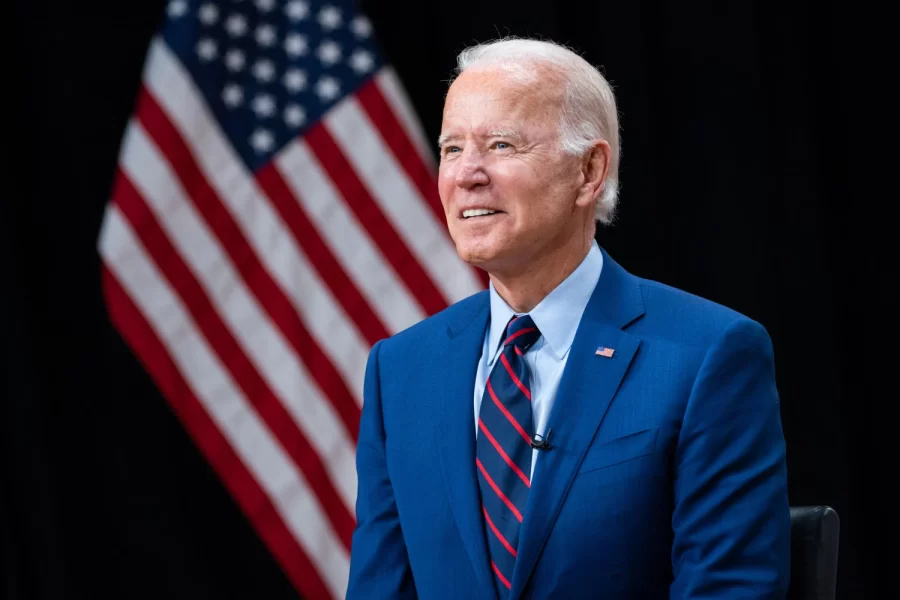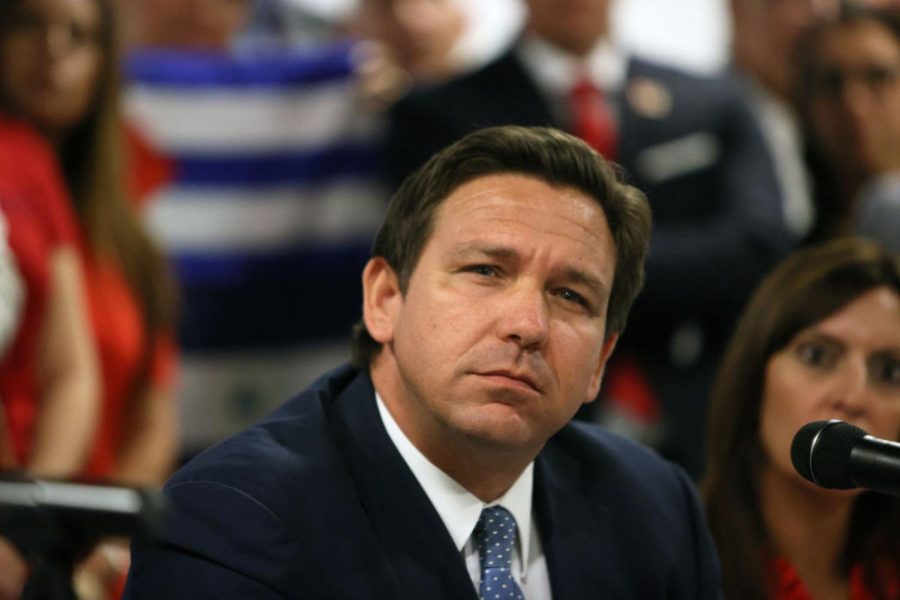In light of President Donald Trump’s decision to pull the U.S. out of the Paris Climate Accords, the world’s largest coalition against climate change, an impressive movement to counteract this decision has emerged throughout the country.
This movement has largely been led by local government officials who chose to publicly renounce Trump’s decision and uphold the Paris Accords locally. It has unified communities such as Winston-Salem in an effort to emphasize the importance of a global initiative to protect the environment.
“It was incumbent upon us to uphold the Paris Accords despite the president’s decision,” Winston-Salem mayor Allen Joines said in an interview. “Ignoring the agreement’s stipulations is not taking us in the direction we need to go.”
Joines is one of 382 mayors in the U.S. who have pledged to locally honor the Paris Accords through the Mayors’ National Climate Action Agenda. This effort has been broadened by the We Are Still In movement, a cohesive initiative of over 2,500 leaders in businesses, cities, counties, states, tribes, colleges and universities that began this past summer after Trump announced his intended withdrawal of the U.S. from the Paris Accords. This collaborative effort between different kinds of institutions is aimed at strengthening climate action, even locally with the relationship between Wake Forest and Winston-Salem.
Like Joines, Wake Forest President Nathan O. Hatch is part of the We Are Still In initiative as a signatory to the Presidents’ Climate Leadership Commitments, according to Wake Forest’s Chief Sustainability Officer DeDee Johnston.
Winston-Salem exemplifies the type of advocacy that is moving the country forward notwithstanding the current administration’s attitude toward climate change.
As a central part of the Winston-Salem community, Wake Forest has substantially contributed to the success of the city’s sustainability efforts by maintaining a close relationship with leaders in local government. Wake Forest has especially played a key role in helping Winston-Salem reduce energy usage in buildings by converting dormitories to make them more efficient and maintaining a high standard of efficiency for new buildings, Joines said.
Johnston has collaborated with the city of Winston-Salem to improve sustainability efforts both around and outside of campus.
“I’m really looking forward to the ways that Wake Forest can work with the community on engaged learning opportunities for sustainability,” Johnston said.
She added that among the more prominent joint initiatives between Wake Forest and Winston-Salem, a large emphasis has been placed on understanding and retrofitting the community’s means of transportation.
Transportation systems in the greater Winston-Salem community will not be reformed overnight, as complicating factors such as the distribution of the city’s capital budget and the difficulty in measuring the needs of commuting people prevent immediate change.
Despite this hindrance, Winston-Salem has been able to convert its city buses into a totally hybrid fleet, and the Wake Forest shuttle system has been expanded to provide transportation services to a number of convenient locations to eliminate reliance on personal vehicles.
In 2014, the city of Winston-Salem partnered with Wake Forest to conduct a study of the two-mile perimeter surrounding campus in order to better understand the community’s transportation needs and retrofit future plans to these needs.
Johnston and Joines, along with Sustainability Program Manager for Winston-Salem Wendell Hardin, spearheaded this study and were motivated by the idea that Wake Forest would be a leader for the rest of the community.
This study led to the realization that alternative modes of transportation cannot be used to their full potential in the surrounding areas around Wake Forest. As a result, the broader, long-term goal is to connect the city — from Wake Forest to Salem College to Winston-Salem State University — by building a network of efficient modes of public and alternative transportation, says Johnston.
The minimal number of people using alternative modes of transportation can be attributed to the lack of continuous sidewalks on Polo Road, and this is something that the city and Wake Forest hope to change by building uninterrupted sidewalks, according to Johnston.
While reaching this goal may be a long way down the road, efforts by cities and non-governmental institutions alike are proving that seemingly small-scale actions have the potential to make a big impact, especially at a time when the president and his cabinet are choosing to trivialize the threat of global warming and treat solving environmental issues and success in business as mutually exclusive.
“Climate change is real,” Joines says. “And we can all play a role in ameliorating some of the impacts of our energy consumption and reducing the size of our carbon footprint.”








